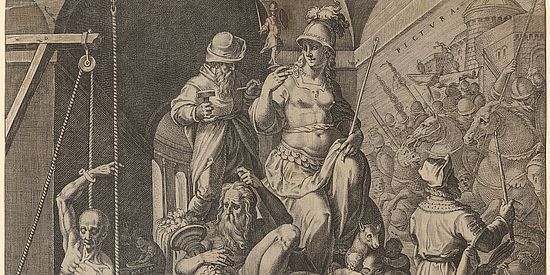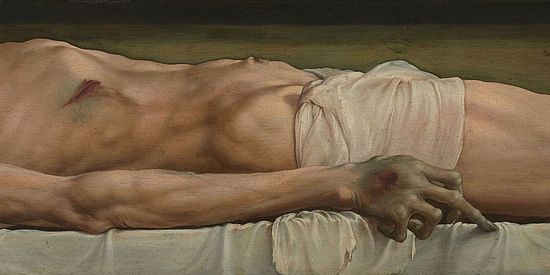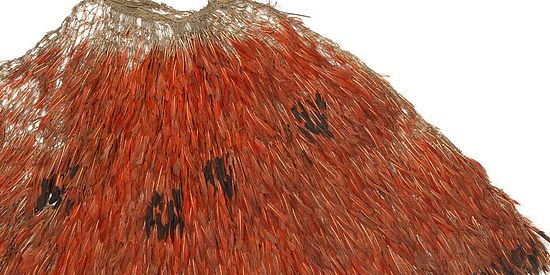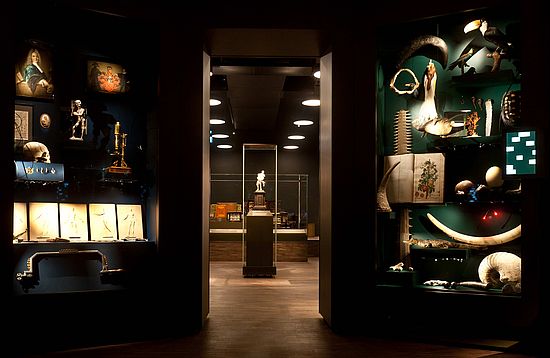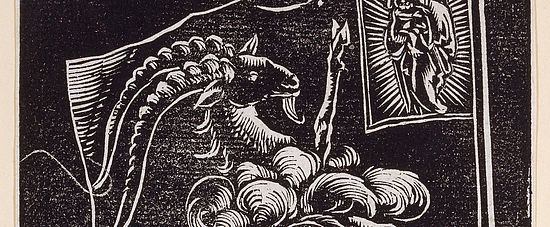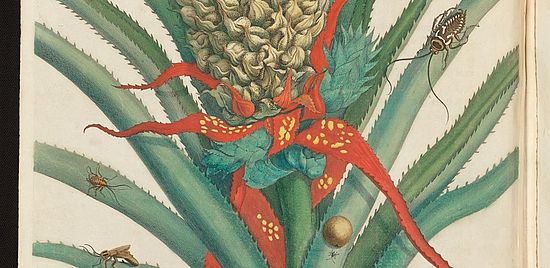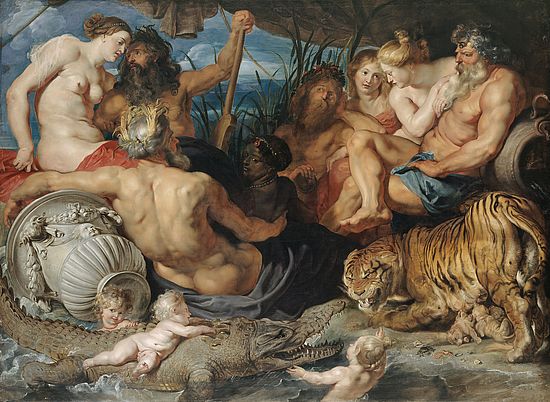Early Modern Art History
The Department of Early Modern Art History focuses its research and teaching on one of the most dynamic periods of social and artistic transformation. The Reformation and Catholic Counter-Reformation; the rise of the printing press; humanism and renewed interest in the classical world; European “discovery” of previously unknown continents; the growth of princely Kunstkammern and the rise of burgeoning middle class art collections; the foundation of the first public art museums—all of these events fundamentally shifted how, where, when, and why people looked at art. Indeed, one might even argue that the very conception of art, as we currently understand it, traces its roots to the early modern period.
In course offerings, workshops, and research, the Department of Early Modern Art History seeks to explore the art of this period expansively, both in a methodological sense and in terms of the specific objects chosen as focal points of study. The major artists of the period (from Jan van Eyck to Michelangelo; from Velázquez to Rembrandt) are placed alongside the broader ranges of material culture in which their works were viewed; that is, scientific illustration, pilgrimage paraphernalia, and so-called decorative arts are treated to the same forms of rigorous material, visual, and historical analysis as works by the great masters of art history. This broad range of visual materials is pursued across the global geographies that became increasingly interconnected in the course of the early modern period. Doing so foregrounds the colonial dimensions undergirding artistic production in the centuries of European expansion and raises methodological questions around the ethical dimensions of recovery, representation, and collecting practices.
Basel is a uniquely exciting place to study early modern art history. The city boasted the first public museum, the result of the donation of a rich and ranging collection by the Amerbach family that now forms the core collections of early modern art at both the Kunstmuseum Basel and the Historisches Museum. That is, “the museum” as we have come to know it had one of its earliest formations in Basel itself. Studying works on paper in Basel is particularly exciting given the strength of the collection at the Kupferstichkabinett (Kunstmuseum Basel), along with the Universitätsbibliothek and the extensive holdings related to historical paper and book production at the Basler Papiermühle. Those interested in the history of colonialism and global art history will have their studies significantly enriched by the programming and repositories of the Museum der Kulturen. And the city’s status as an early modern bastion of scientific inquiry is represented in rich visual terms in the Naturhistorisches Museum and the Pharmaziemuseum Basel. Finally, Basel’s location at the heart of Europe and with swift connection to other major cultural capitals means that any course of study is easily enriched with frequent trips to special exhibitions and the continent’s prime early modern collections. The Department of Early Modern Art History makes ample use of these resources in pursuing an object-driven art history in both teaching and research.
The early-modern offerings of the Kunsthistorisches Seminar are complimented by the Basler Renaissancekolloquium, an interdisciplinary conference that takes place each semester and is organized in close collaboration with the Department of History.
Professorship
Emeritus
Assistance
Student assistant
Quick Links

